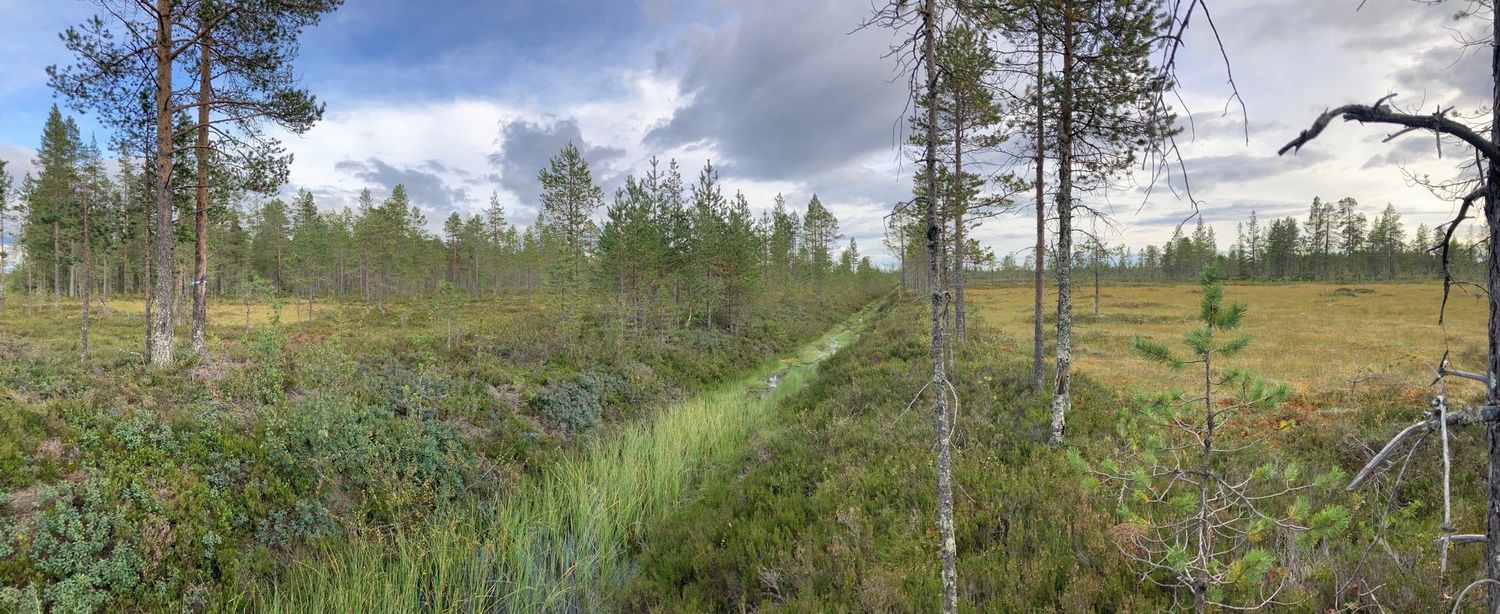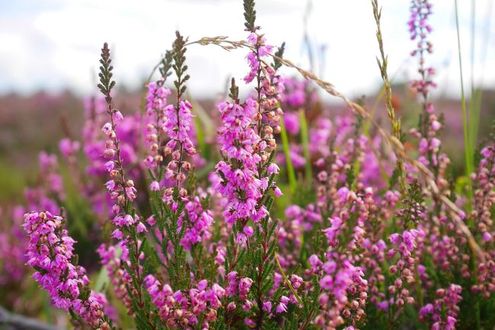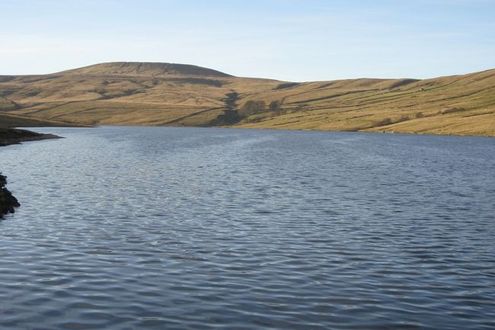The EU Nature Restoration Law: Where are we Now?
The European Union (EU) has published a number of draft proposals for a Nature Restoration Law, the first law in history that calls for the restoration of ecosystems, habitats and biodiversity across the EU’s land and seas. The law is a key element of the European Green Deal and EU Biodiversity Strategy and aims to enable the long-term recovery of biodiverse and resilient nature, as well contributing to the EU’s climate mitigation and adaptation goals.
In the last WaterLANDS update on the Nature Restoration Law, we discussed how the draft law has developed over the summer of 2023. For more context on the Nature Restoration Law, its aims, and the different proposals for the law with differing levels of ambition that were put forward by EU institutions, read our previous article.
Trilogues for the Nature Restoration Law have now commenced, with the aim to reach a finalised text before it is formally adopted which is expected to occur in 2024. The Trilogue is an informal, but crucial, negotiation forum where the European Parliament, the European Commission, and the Council of the EU (hereafter referred to as the Parliament, the Commission, and the Council, respectively), negotiate a common position for a final legislation.
These negotiations will determine the level of ambition on hot topics such as the restoration of peatlands, or of ecosystems in and outside the Natura 2000 network. Accordingly with the ordinary legislative procedure, the Commission put forward the initial proposal for the law, and the Parliament and Council then tabled their versions of the legislation. There are now three proposals for a Nature Restoration Law, and the Trilogue aims to produce a final, aligned version.
A first Trilogue on the Nature Restoration Law was held in July 2023, but concrete negotiations started Friday 5th October. The next meeting is planned for 7th November.
What will be discussed in the Trilogues?
The Nature Restoration Law is the first continent-wide, comprehensive law relating to the restoration of degraded ecosystems. Although policy actors in the EU agree in principle on the need for nature restoration, the file has been politicised and has faced strong backlash.
While the Commission’s initial proposal offered a satisfactory level of ambition, the Parliament proposed a significantly diluted, “patchwork” version of the law in July 2023 which is considered problematic for key ecosystems such as peatlands and other terrestrial habitats. The Parliament underwent difficult negotiations to reach a decision on their proposal for the Nature Restoration Law, with several committees rejecting the initiative and tight votes in the Plenary to decide the final version. The Parliament’s final proposal completely removed the targets relating to the restoration of agricultural ecosystems, including targets for the restoration of drained peatlands. It also watered down provisions on the restoration of terrestrial ecosystems to Natura 2000 sites. The Council's approach, despite taking up various elements of the Commission’s initial proposal, contains weakened obligations for restoration, as well as loopholes for Member States, and options to delay implementation.
A compromise may be difficult to reach on the restoration of agricultural ecosystems (Article 9). Article 9 was opposed on the alleged grounds of food security. Various evidence has shown these claims to be unfounded (see for instance a joint release from Wetlands International Europe and the Greifswald Mire Centre providing Questions & Answers on peatland rewetting; or an open letter signed by 6000 scientists that support the EU's Green Deal and reject the unjustified argumentation against the Nature Restoration Law).
Why do we need a Law to Restore Nature?
More than 80 percent of habitats are in poor condition under the EU Habitats Directive, with bog, mire and fen habitats showing strong deteriorating trends. Europe needs a strong law for restoration because it is essential that we address and reverse the rapid and accelerating loss of the natural environment along with its precious wildlife, which underpins our health, economies and well-being. In fact, for the EU to meet its climate and biodiversity objectives, the ambition should be increased, notably with regards to the peatland restoration targets.
The Power to the Peatlands Conference, the largest gathering of peatland experts and enthusiasts to date, took place in Antwerp in September 2023. A joint declaration was signed by more than one hundred organisations and institutions, including a number of WaterLANDS partners who were in attendance. This declaration calls upon policy makers to adopt science-based decisions and stresses the importance of including strong peatland restoration targets in the final legislation of the Nature Restoration Law.
For those interested, there is still time to influence the outcome of the Trilogues by contacting your national governments, as they are negotiating the Council’s position. Members of the European Parliament (MEPs) involved can also be contacted: the Parliament's rapporteur, César Luena, and shadow rapporteurs: Christine Schneider, Soraya Ramos, Jutta Paulus, Alexandr Vondra, Mick Wallace, or Pascal Canfin, chair of the ENVI Committee. They can all influence the Parliament’s position in the Trilogues. It is also useful to contact your local MEP(s).
WaterLANDS is a Horizon 2020 Green Deal funded project that aims to restore degraded wetlands across Europe, as well as creating the means to upscale their protection across wider areas. WaterLANDS supports a strong Law to Restore Nature in Europe.


